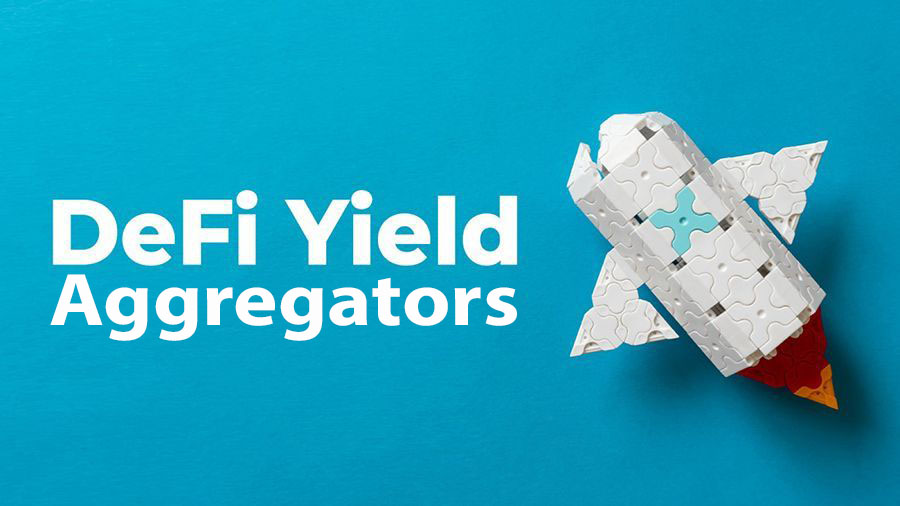Exploring the Leading Competitors and Alternatives to Ethereum
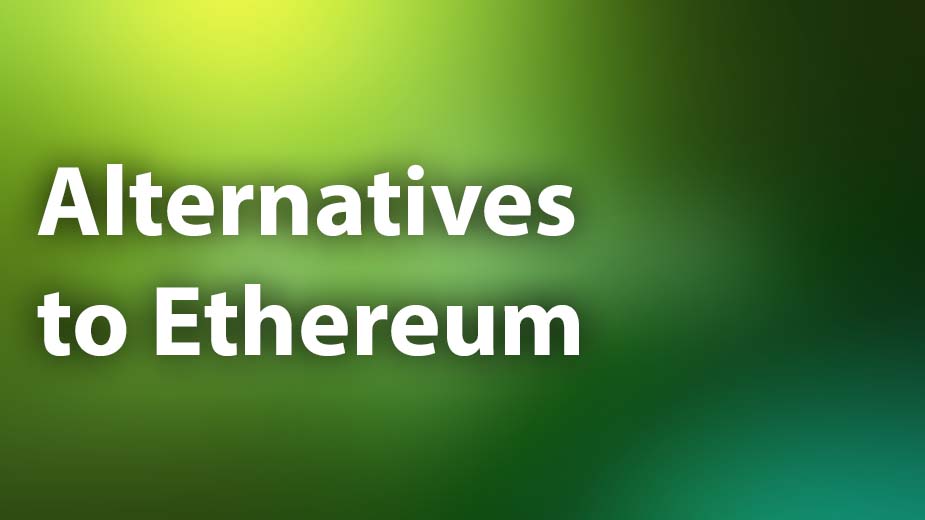
In the rapidly evolving landscape of decentralized technologies, numerous platforms are emerging that offer novel solutions and advancements. These alternatives provide unique features and capabilities, catering to a diverse market of developers and users alike. As the quest for more efficient and scalable blockchain solutions continues, a myriad of options are arising that aim to address some of the limitations observed in current leading networks.
Across various sectors, innovative projects are taking center stage, showcasing their potential to transform how transactions and smart contracts are approached. With an emphasis on speed, security, and user experience, these promising contenders are reshaping the ecosystem. Understanding their strengths and weaknesses is essential for anyone looking to navigate the dynamic world of distributed ledger technology.
By exploring these intriguing platforms, one can gain valuable insights into the future of digital currencies and the broader implications of decentralization. Each project brings its own distinct identity and offers a fresh perspective that could redefine the industry landscape, making it imperative to stay informed about these upcoming technologies.
Top Blockchain Platforms Challenging Ethereum
The landscape of distributed ledger technology is evolving rapidly, with numerous platforms striving to offer innovative solutions and improve upon existing frameworks. These emerging systems aim to address various challenges, from scalability and transaction speed to interoperability and user experience. This competition fosters an environment of continuous improvement, driving the industry forward.
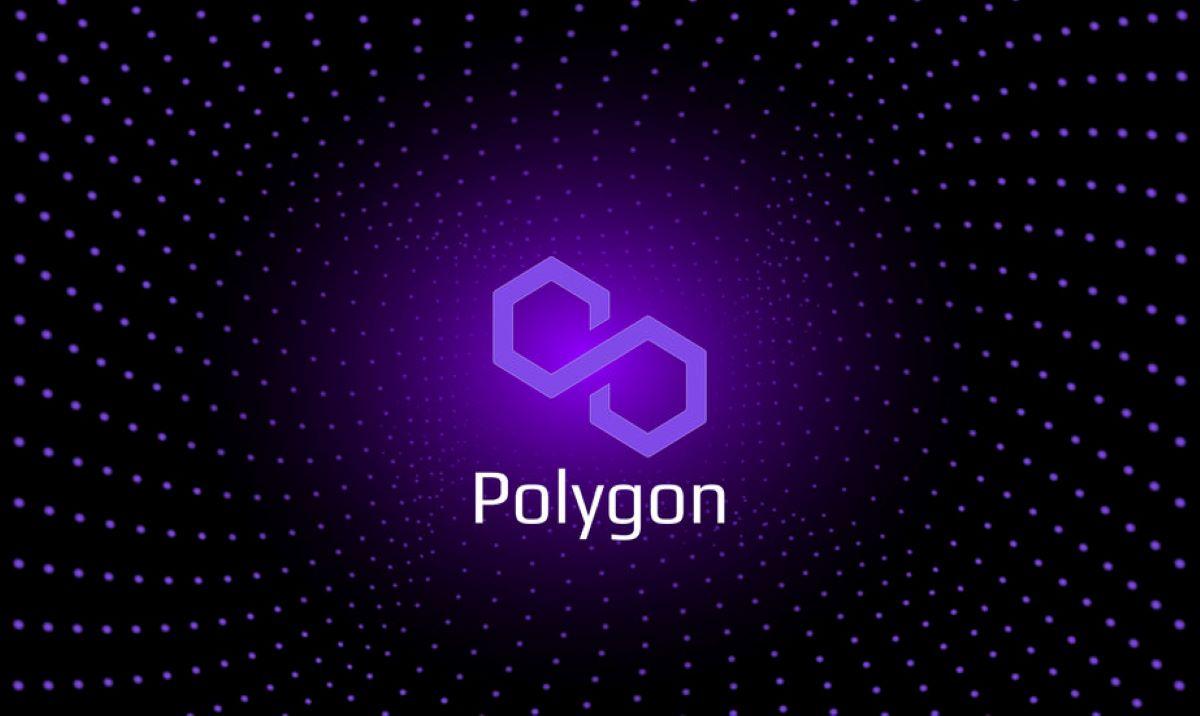
Several projects have gained prominence in recent years, each presenting unique features and capabilities that position them as strong contenders in the realm of smart contracts and decentralized applications. Below is a table summarizing some key platforms that have captured attention due to their distinctive approaches:
| Platform | Main Features | Consensus Mechanism | Use Cases |
|---|---|---|---|
| Binance Smart Chain | High throughput, low fees | Proof of Staked Authority | DeFi, NFTs |
| Cardano | Research-driven, sustainability focus | Ouroboros PoS | Identity, governance |
| Solana | Fast transactions, scalability | Proof of History | Decentralized apps, DeFi |
| Polkadot | Interoperability, multi-chain architecture | Nominated Proof of Stake | Cross-chain solutions |
| Avalanche | Custom blockchain creation, high speed | Snowball consensus | Finance, enterprise solutions |
As these platforms continue to develop, the varying strengths and functionalities they offer will likely reshape the decentralized application ecosystem, providing more options and opportunities for developers and users alike.
Innovative Projects in Smart Contracts
The realm of decentralized technology has witnessed an array of groundbreaking endeavors that emphasize the efficiency and versatility of self-executing agreements. These initiatives are not only reshaping traditional sectors but also paving the way for novel applications and use cases, enhancing trust and reducing intermediaries.
One noteworthy project leverages the power of smart contracts to create decentralized finance solutions, enabling users to lend, borrow, and trade without relying on conventional banks. This approach offers improved accessibility and inclusivity for individuals across various economic backgrounds.
Another fascinating initiative focuses on automating supply chain processes through transparent and secure contract mechanisms. By utilizing digital protocols, the project enhances traceability and accountability, minimizing fraud and inefficiencies while optimizing overall operations.
Additionally, the realm of digital identity verification is seeing innovative applications, where smart contracts facilitate secure and private management of personal information. This empowers users by giving them control over their data, ensuring privacy while allowing seamless interactions across platforms.
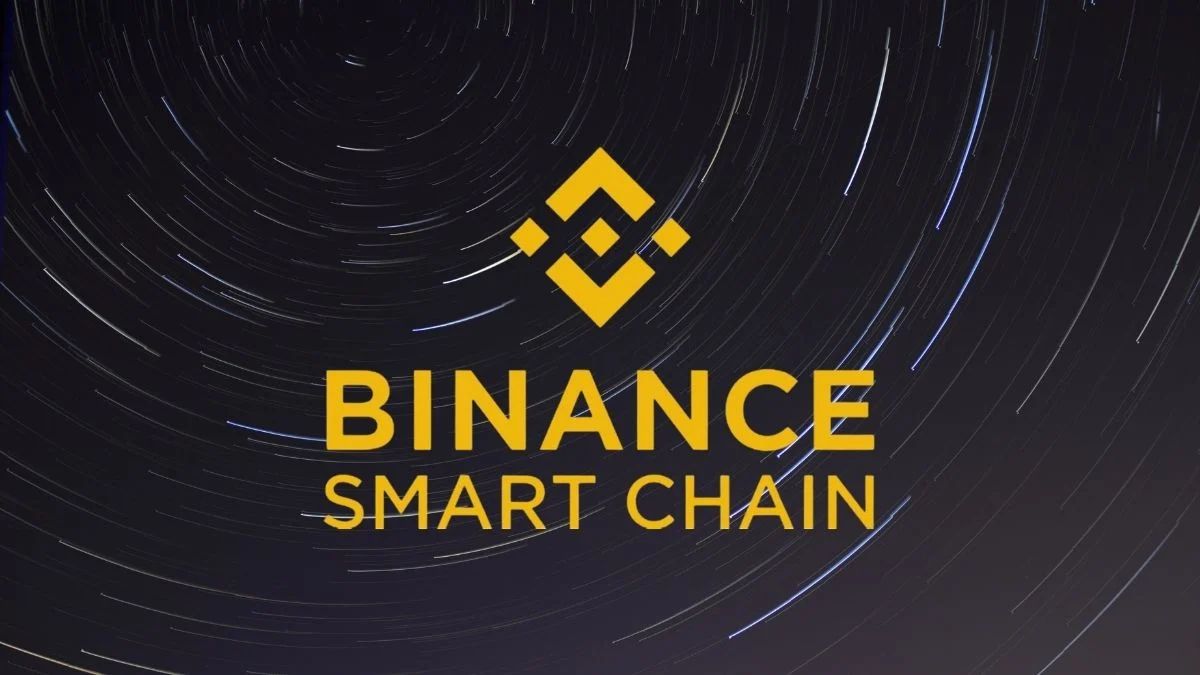
The integration of these advanced projects illustrates the dynamic evolution of smart contracts. As technology continues to progress, new potentials emerge, offering solutions that address current challenges while fostering a more decentralized and equitable digital landscape.
Layer 2 Solutions: Enhancing Scalability
As blockchain technology evolves, the demand for improved performance becomes increasingly critical. Layer 2 solutions offer innovative approaches to address scalability challenges, allowing networks to handle a greater volume of transactions without sacrificing security or decentralization. By leveraging various techniques, these solutions aim to alleviate congestion and enhance user experience.
Key Advantages of Layer 2 Solutions
One of the primary benefits of layer 2 innovations is their ability to facilitate faster transactions. By processing operations off the main chain, they reduce the workload on the primary network, enabling quicker confirmations. This results in lower fees and a more efficient experience for users. Moreover, these systems often provide greater throughput, accommodating a larger number of activities simultaneously.
Diverse Technologies in Action
Several distinct technologies exemplify the potential of layer 2 frameworks. Solutions such as state channels allow participants to engage in multiple transactions securely, only recording final outcomes on the main chain. This drastically minimizes on-chain activity. Rollups, another prominent method, bundle numerous transactions together, compressing data before submitting it to the primary network. This not only enhances speed but also optimizes the utilization of resources, proving essential for future growth.
Decentralized Finance: Emerging Players
The landscape of decentralized finance is constantly evolving, with new projects and platforms emerging to challenge traditional models of financial services. This innovation is driven by the desire to create more equitable, transparent, and efficient systems. As technology advances, various protocols are gaining traction, offering unique solutions that cater to the diverse needs of users across the globe.
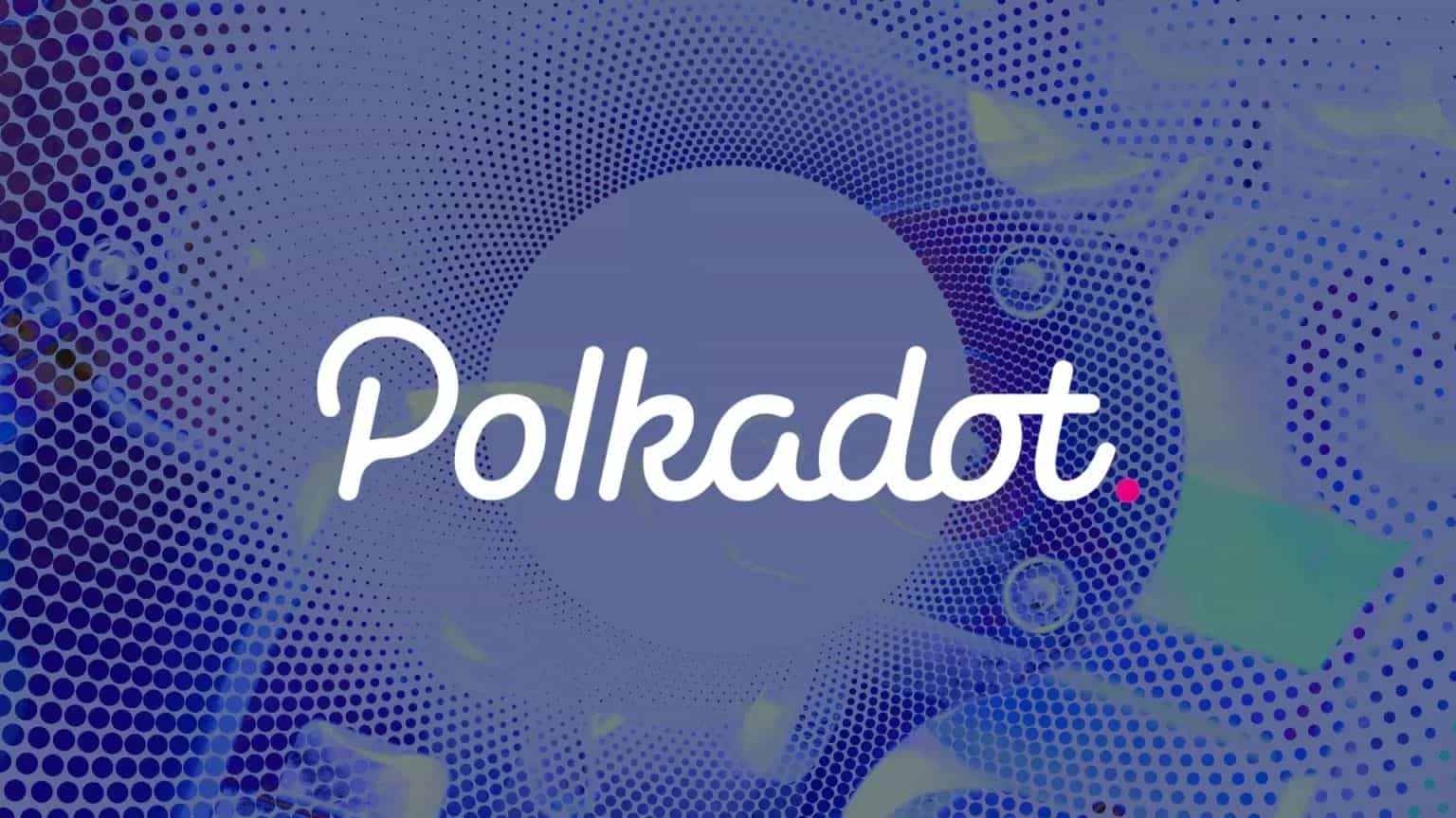
Innovative Protocols in the Space
A myriad of decentralized applications are surfacing, each designed to enhance the functionality of financial operations. These platforms typically leverage smart contracts to facilitate seamless interactions, minimizing the need for intermediaries. Various tokenization methods and liquidity incentivization strategies are implemented to attract participants, thus fostering a vibrant ecosystem for trading, lending, and borrowing.
Community-Driven Development
The community plays a crucial role in the growth of these up-and-coming financial solutions. Many projects prioritize open governance, allowing users to shape the direction of protocols through voting and collaborative decision-making. This communal approach not only builds trust but also promotes long-term engagement, ensuring that the platforms remain aligned with the needs of their user base.
NFT Marketplaces Beyond Ethereum
The landscape of digital collectibles has rapidly evolved, with various platforms gaining traction for trading non-fungible tokens (NFTs). While one particular blockchain has historically dominated this space, numerous alternatives have emerged, offering unique features and enhanced user experiences. These vibrant ecosystems cater to a diverse audience of creators and collectors, ensuring a thriving marketplace for digital assets.
Notable Platforms in the NFT Space
Several well-established platforms provide a distinct environment for NFT trading. For instance, Solana hosts marketplaces like Magic Eden, which has gained popularity for its low transaction fees and fast processing times. This platform allows creators to mint and list their tokens easily, fostering a community-driven approach that engages users through various initiatives.
Emerging Options Worth Exploring
New contenders are also surfacing, aiming to enhance the digital art ecosystem. Flow stands out with its user-friendly interface and robust infrastructure, especially appealing to artists and brands. Its marketplace, NBA Top Shot, exemplifies how specialized platforms can capitalize on unique assets to create memorable experiences for fans and collectors alike.
Cross-Chain Interoperability Technologies
The emergence of diverse blockchain ecosystems has necessitated the development of solutions that enable seamless interaction among different networks. As various platforms continue to gain traction, fostering communication and data exchange between them is crucial for maximizing their potential. Cross-chain interoperability technologies promote asset portability, effective collaboration, and enhanced user experiences across multiple blockchains.
Key Features of Interoperability Solutions
- Asset Bridging: Allows users to transfer tokens or assets across different blockchain networks without the need for centralized exchanges.
- Smart Contract Compatibility: Facilitates the execution of smart contracts across multiple platforms, promoting flexibility and innovation.
- Unified User Experience: Ensures that users can interact with various blockchains seamlessly, reducing complexity and enhancing accessibility.
Prominent Interoperability Protocols
- Polkadot: Utilizing a relay chain structure, it connects various blockchains, enabling them to share information and functionalities effectively.
- Cosmos: Promoting an ecosystem of interconnected blockchains, it utilizes the Inter-Blockchain Communication (IBC) protocol for seamless interaction.
- Wormhole: A cross-chain messaging protocol that allows for the transfer of assets and data between different blockchain ecosystems.
As the landscape continues to evolve, these interoperability solutions play a significant role in bridging gaps and fostering a more integrated blockchain environment.
Future Trends in Blockchain Development
The landscape of distributed ledger technology is continuously evolving, prompting innovative approaches and novel use cases. As developers strive to address existing challenges, several key directions are emerging that promise to reshape the industry in the coming years.
One of the notable trends is the rise of interoperability among various blockchain networks. As organizations seek to leverage multiple platforms, solutions that enable seamless communication between different ecosystems will become increasingly crucial. This capability will foster collaboration and facilitate the exchange of data and assets across diverse networks.
Furthermore, the integration of artificial intelligence and machine learning with blockchain technology is gaining traction. These advanced methodologies can enhance data security, improve decision-making processes, and streamline operations, making systems more efficient and effective in various sectors.
Another significant trend is the growing focus on sustainability and energy efficiency within blockchain projects. With environmental concerns at the forefront, initiatives aimed at reducing the carbon footprint of mining and transaction validation are becoming a priority. Innovative consensus mechanisms and eco-friendly practices are likely to emerge as vital components of future frameworks.
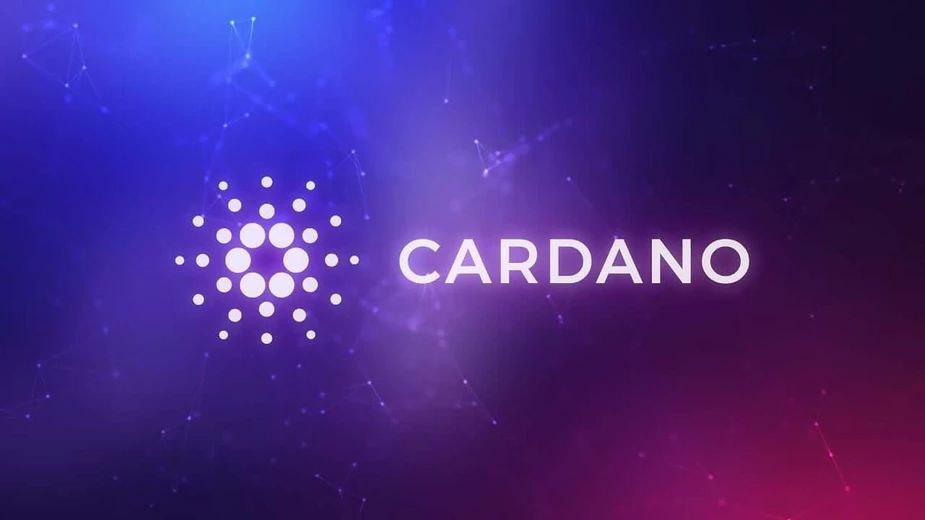
Lastly, the evolution of decentralized finance (DeFi) and non-fungible tokens (NFTs) continues to capture attention. As these sectors expand, the development of user-friendly interfaces, regulatory compliance, and enhanced security measures will be essential to attract a wider audience and foster trust in blockchain applications.
Q&A: Top Ethereum Competitors and Alternatives
What are the main disadvantages of Ethereum that its competitors address?
Ethereum, while being a pioneering blockchain for decentralized applications and smart contracts, faces several challenges that have led to the emergence of its competitors. Key disadvantages include high gas fees, which can fluctuate significantly during network congestion, resulting in prohibitive costs for users and developers. Additionally, Ethereum’s current proof-of-work consensus mechanism has been criticized for its energy consumption and slower transaction speeds compared to newer blockchains. Competitors like Solana and Cardano are addressing these pain points by offering lower transaction fees, faster confirmation times, and more efficient consensus mechanisms, such as proof-of-stake. These features make them attractive alternatives for developers seeking to build scalable and cost-effective applications.
Which blockchain platforms are considered the top competitors to Ethereum?
Several blockchain platforms have emerged as significant competitors to Ethereum. Some of the top alternatives include Solana, known for its high throughput and low transaction costs; Cardano, which emphasizes research-driven development and sustainability; Binance Smart Chain, offering lower fees and a vibrant ecosystem of decentralized finance (DeFi) projects; and Avalanche, recognized for its unique consensus mechanism that allows for fast and secure transactions. Each of these platforms brings unique features and advantages, making them appealing for various use cases, from DeFi to NFTs and beyond.
How does the transaction speed on Ethereum compare to its competitors?
Transaction speed is a critical factor for blockchain platforms, particularly for applications requiring quick confirmation times, such as gaming and finance. Ethereum’s transaction speed has been historically slower, averaging around 15 transactions per second (TPS) due to network congestion and its current proof-of-work protocol. In contrast, competitors like Solana boast remarkably high transaction speeds, exceeding 65,000 TPS under optimal conditions, thanks to its innovative architecture. Other platforms like Avalanche and Binance Smart Chain also offer significantly faster transaction times compared to Ethereum, making them more attractive for developers and users who require speedy interactions.
What makes Solana a strong competitor to Ethereum?
Solana has quickly risen to prominence as a strong competitor to Ethereum due to several key features. Firstly, its high throughput allows it to process transactions at a speed of over 65,000 transactions per second, which is a significant advantage for decentralized applications that rely on speed. Additionally, Solana’s innovative proof-of-history mechanism enhances efficiency, reducing the time needed to validate transactions. The platform also benefits from low transaction fees, often just a fraction of a cent, appealing to developers and end-users alike. Furthermore, Solana has cultivated a vibrant ecosystem, attracting numerous projects in DeFi, NFTs, and Web3, further solidifying its position in the blockchain landscape.
What should developers consider when choosing an Ethereum alternative for their projects?
When developers consider alternatives to Ethereum for their projects, several key factors should be taken into account. First and foremost is the ecosystem—developers should assess the availability of developer tools, libraries, and community support surrounding the blockchain. Next, transaction costs and speeds are crucial; a blockchain that offers low fees and high throughput can significantly enhance user experience and project viability. Security and scalability should also be prioritized; developers should investigate the consensus mechanisms employed by the blockchain to ensure reliability and resilience against attacks. Finally, compatibility with existing Ethereum tooling (like Remix or Truffle) can ease the transition and reduce development friction. By weighing these factors, developers can select a platform that aligns with their project’s goals and requirements.
What are the biggest competitors to Ethereum in 2025?
In 2025, many Ethereum competitors have emerged as strong alternatives in the smart contract blockchain space. Some of the top Ethereum alternatives include Solana, Cardano, Polkadot, and Avalanche. These competitors offer improved scalability, lower transaction fees, and unique consensus mechanisms while maintaining compatibility with the Ethereum Virtual Machine.
How does Ethereum 2.0 improve upon the limitations of Ethereum?
Ethereum 2.0 is a major upgrade to the Ethereum network that aims to solve some of its key limitations. It introduces proof-of-stake consensus, reducing energy consumption compared to proof-of-work. Ethereum 2.0 also enhances scalability through shard chains, allowing more transactions to be processed in parallel. These improvements make Ethereum a more efficient smart contract platform.
Why is Ethereum still considered one of the best blockchain platforms?
Ethereum remains one of the best blockchain platforms due to its wide adoption, strong developer community, and robust support for smart contracts and decentralized applications (DApps). Many Ethereum DApps are built on Ethereum because of its security, decentralized nature, and compatibility with the Ethereum Virtual Machine. Despite the emergence of alternatives like Solana and Polkadot, Ethereum continues to lead in the decentralized finance (DeFi) and smart contracts space.
What are the benefits of investing in Ethereum compared to other cryptocurrencies?
Investing in Ethereum offers several benefits, including its status as the second-largest cryptocurrency after Bitcoin and its dominance in the DeFi and smart contract blockchain sectors. Ethereum has the largest ecosystem of decentralized applications, making it a key player in the crypto industry. Although Ethereum transactions can sometimes be costly, the Ethereum upgrade to Ethereum 2.0 aims to reduce fees and improve transaction speeds, strengthening its position as a top cryptocurrency.
How does Ethereum Classic differ from Ethereum?
Ethereum Classic is an older version of Ethereum that split from the main Ethereum blockchain after a disagreement over how to handle a major hack. Unlike Ethereum, which upgraded to Ethereum 2.0 and moved to proof-of-stake, Ethereum Classic remains on the original proof-of-work consensus. While Ethereum Classic still supports smart contracts, Ethereum has the largest developer support and continues to lead in innovation.
